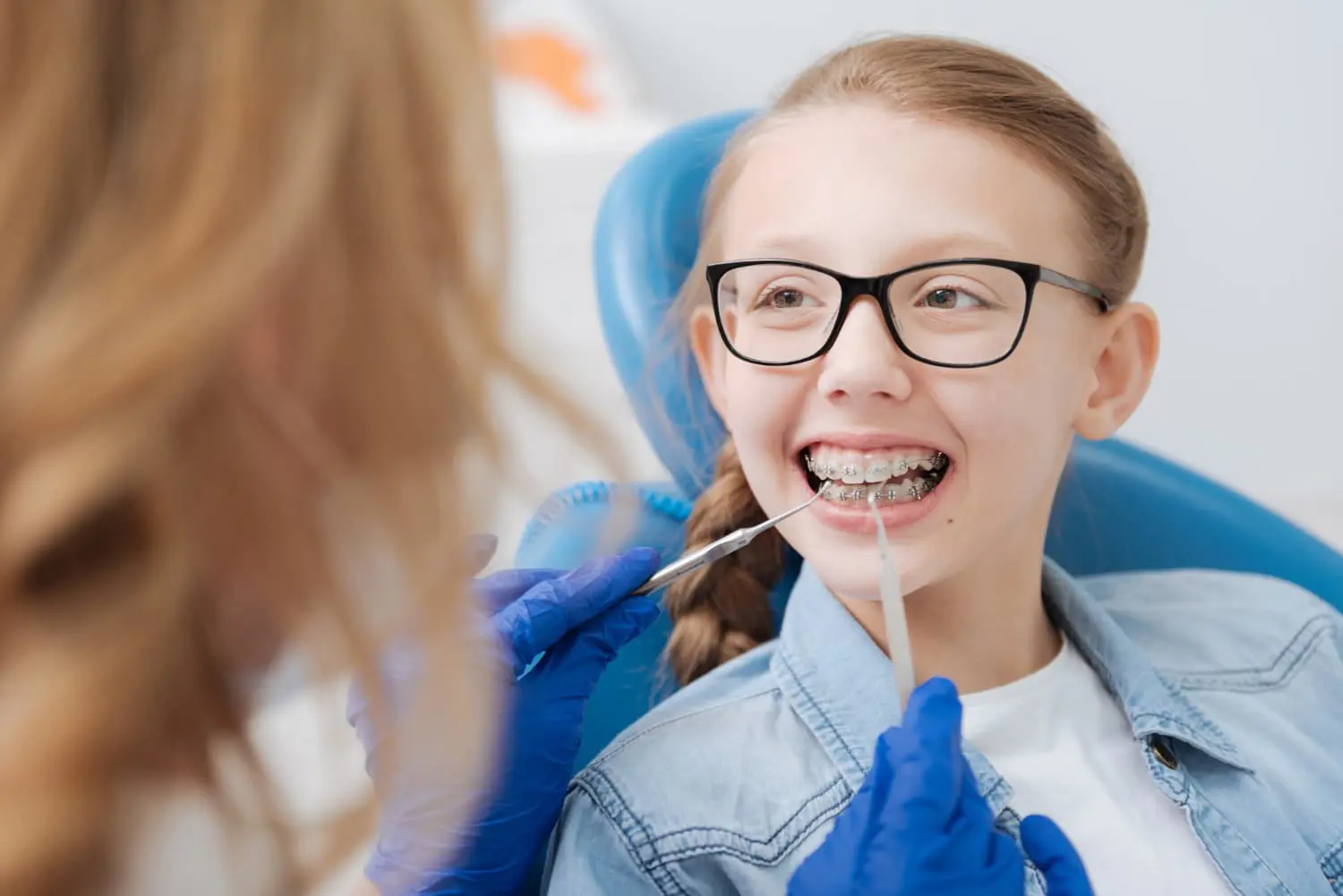
Give Your Child a Lifetime of Smiles
Your child requires well-aligned teeth and jaws for a healthy, enduring smile. Although the ideal age for orthodontic care can differ, Dr. Lindsey and Dr. Leo Koerich, along with the American Association of Orthodontists, suggest a first appointment around the age of seven.
What is Early Treatment?
Early treatment at Koerich Orthodontics can help prevent or address more significant issues from developing, making future treatment shorter, easier, and more affordable. In certain cases, Dr. Lindsey and Dr. Leo Koerich may achieve results that would be much harder to obtain once the face and jaws complete their growth.
When is the Best Time for Treatment?
While the age that children receive braces may differ, orthodontic treatment in Charlotte, Indian Trail, and Monroe primarily begins between 9 and 14, as some orthodontic issues are simpler to fix when addressed early.
Role of a Children’s Orthodontist
Importance of Early Orthodontic Intervention
Early orthodontic treatment, or interceptive orthodontics, targets dental concerns at a young age to avoid more significant issues in the future. The benefits include:
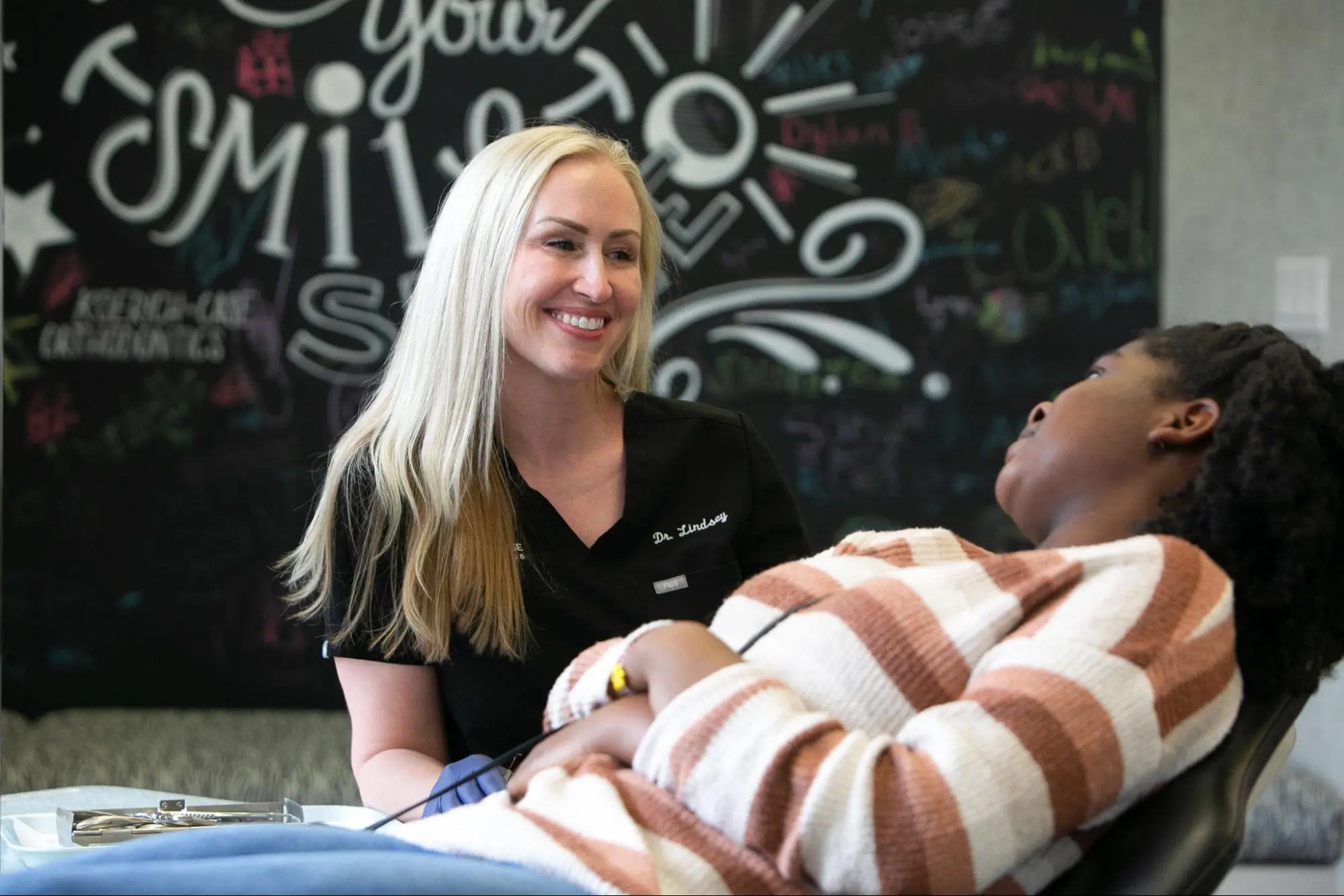
Preventing severe
dental issues
A healthy, bright smile can make you feel good about yourself and make a positive impression on others.
Improving appearance
and confidence
Early treatment minimizes time, expenses, and discomfort.
Enhancing oral health
Aligned teeth are easier to clean, reducing the risk of cavities and gum disease.
Benefits of Children’s
Orthodontic Treatment
Improved Oral Health and Hygiene
Enhanced Speech Development
Prevention of Future Dental Issues
Boosted Confidence and Self-Esteem
Understanding Children’s
Orthodontic Treatment
Braces
Braces feature brackets on each tooth connected by an archwire.
Aligners
These are clear, plastic trays that fit over the teeth.
Retainers
These are used after braces or aligners to keep the teeth in their new position.
Space maintainers
These are used when a child loses a baby tooth prematurely.
Importance of Early Evaluation
The American Association of Orthodontists suggests that an initial orthodontic evaluation should occur by age seven. Identifying issues such as overcrowding or bite problems early can help streamline treatment and avert potential complications down the line.
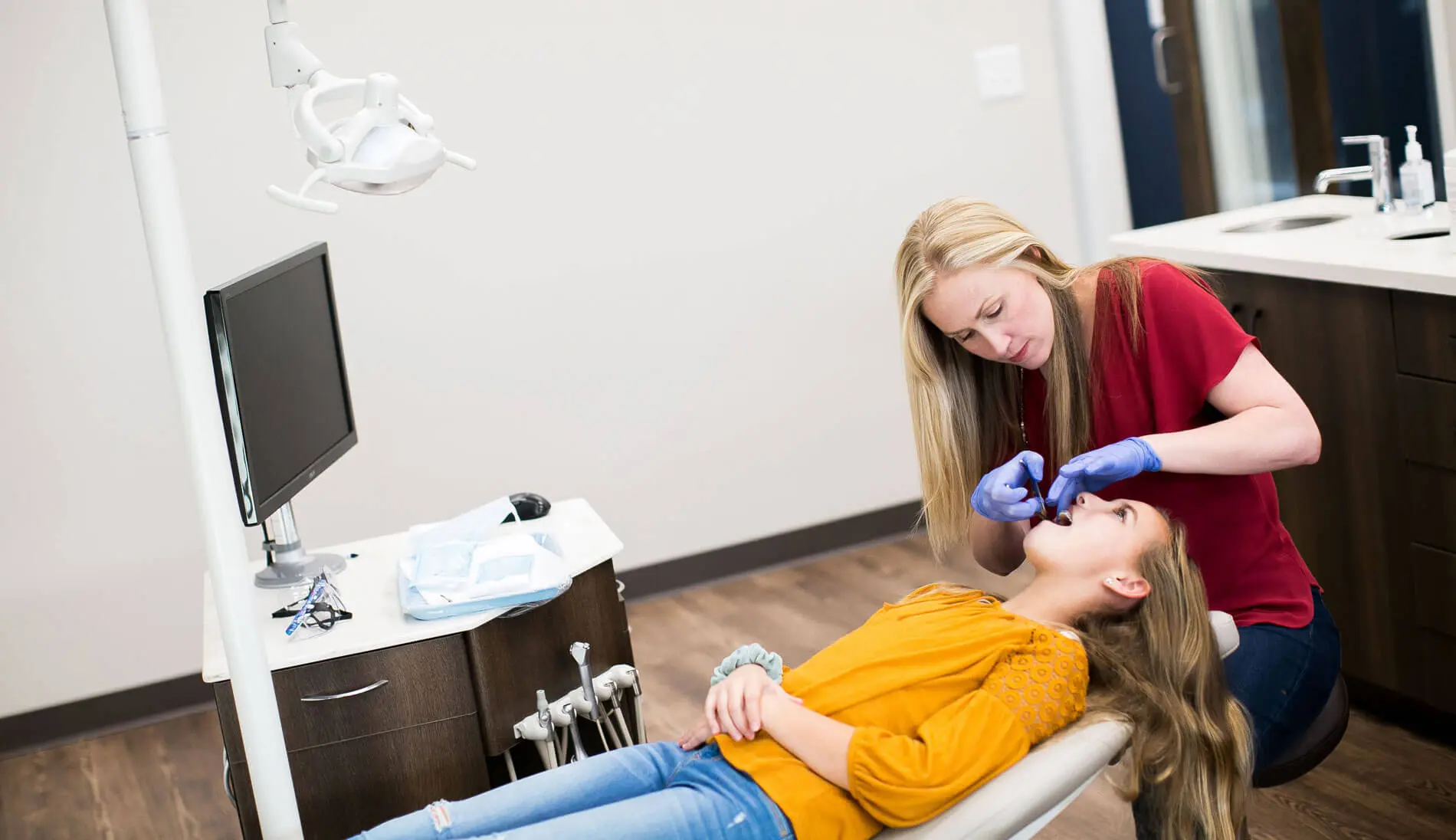
Treatment Process
Consultation
Includes examination, X-rays and impressions.
Appliance Placement
Orthodontic devices are fitted based on the treatment plan.
Follow-ups
Regular adjustments to monitor and ensure progress.
Retention
A retainer is often used after treatment to maintain results.
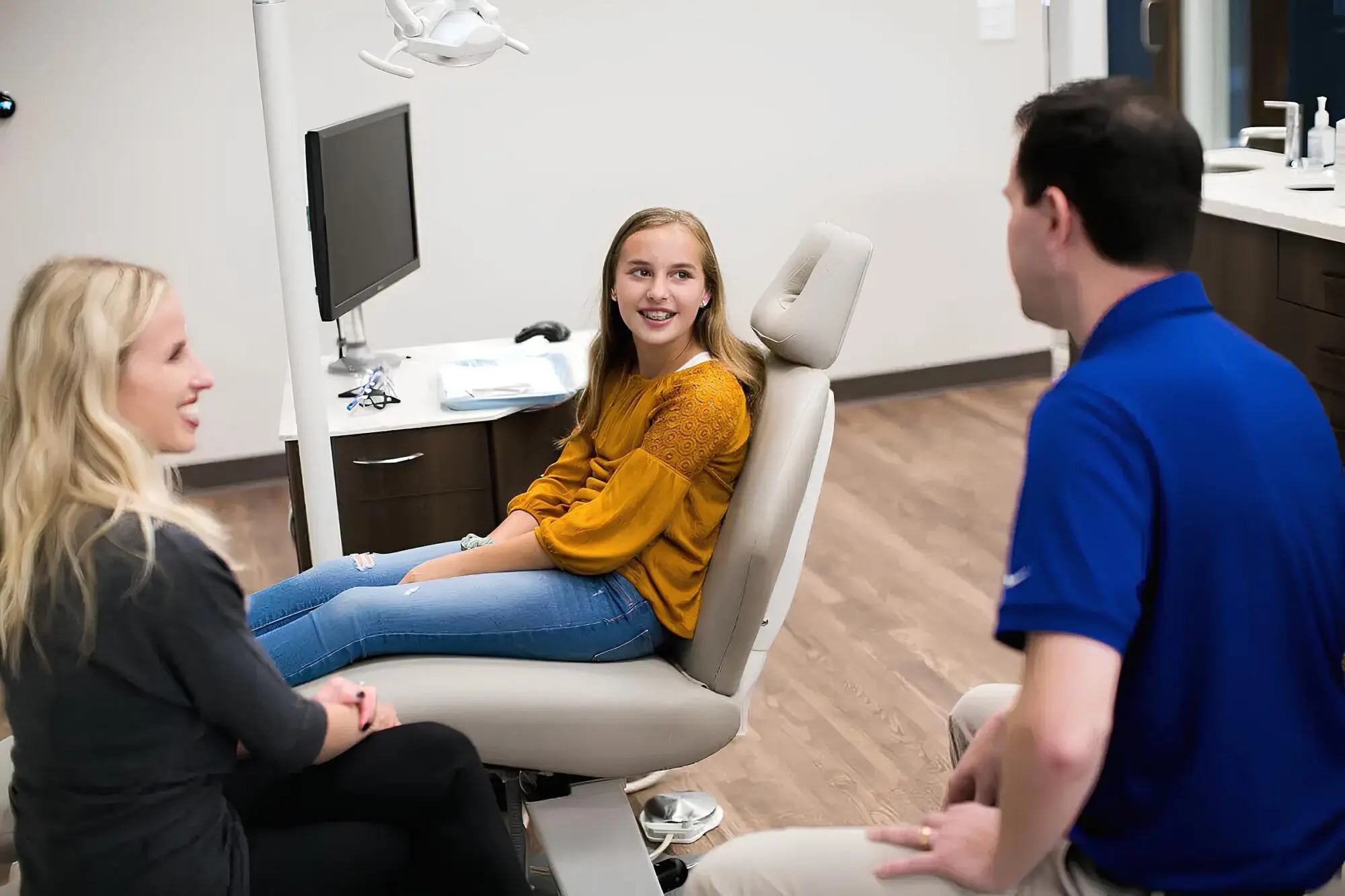
Appointment Duration and Frequency
The duration and frequency of orthodontic visits differ based on the specific appliance utilized and the complexity of the dental problem. Generally, braces require adjustments every four to six weeks, while aligners are typically switched out every two weeks. Appointments usually last between 30 to 60 minutes. Overall treatment times can vary significantly, ranging from six months to three years or longer, depending on the unique circumstances of each case.
Common Orthodontic
Issues in Children
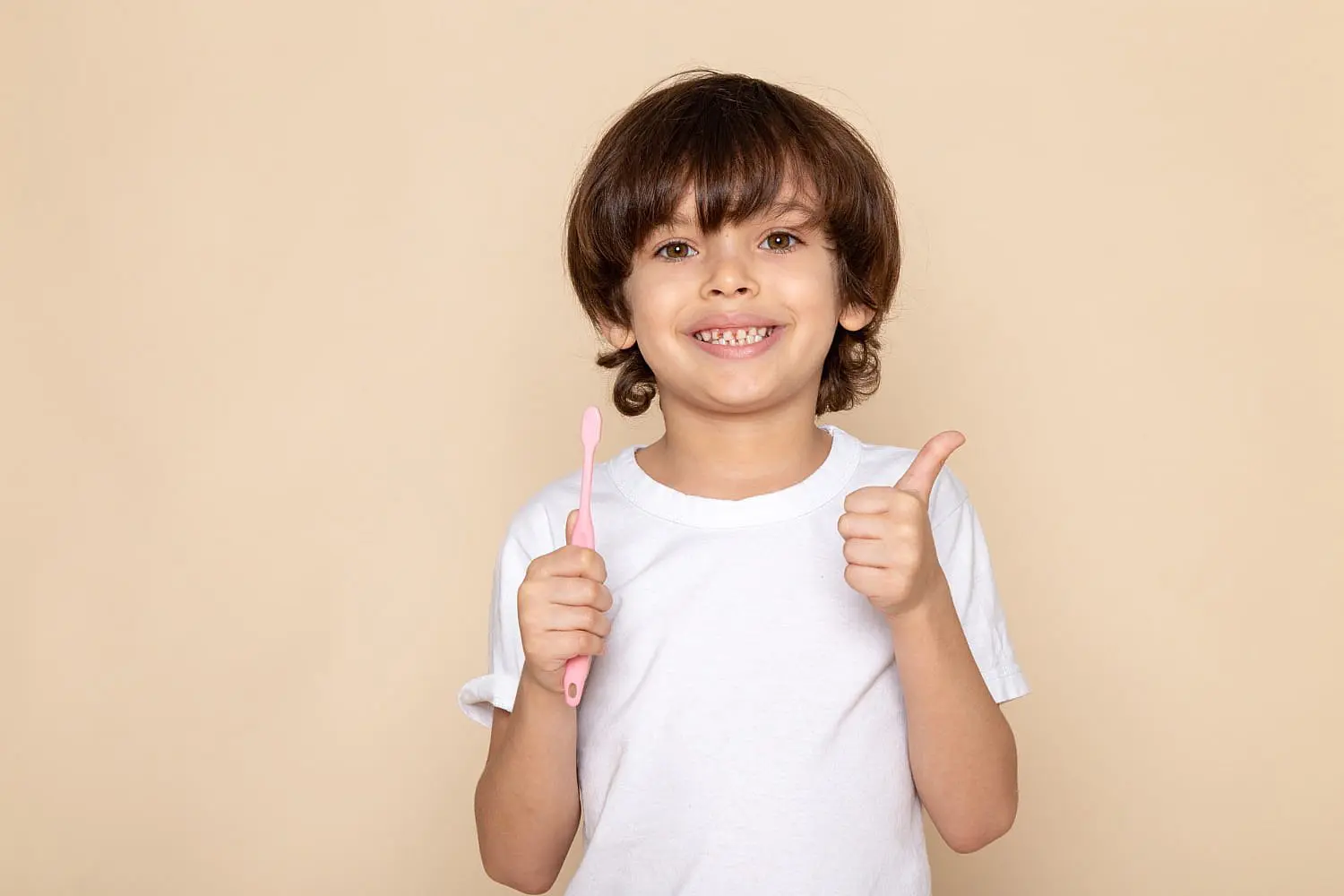
Overbite, Underbite, Crossbite and Spacing Problems
Crooked or Misaligned Teeth
Misaligned teeth, which may result from genetics, thumb sucking, or accidents, can create challenges in maintaining proper oral hygiene.
Crowding or Spacing Issues
Crowding occurs when there is insufficient space for teeth, making cleaning difficult and increasing the risk of tooth decay. Spacing issues can cause food to get stuck between teeth, also contributing to decay.
Thumb Sucking and Other Oral Habits
While frequently seen in young children, persistent thumb sucking can lead to misalignment of teeth and alterations in the shape of the roof of the mouth.
Orthodontic Treatment Options for Children

Traditional Braces
Traditional braces consist of metal brackets that are affixed to each tooth and connected by an archwire.
Components
Brackets, archwires and ligature elastics.
Benefits
Effective for severe misalignments, durable and suitable for a wide range of dental issues.
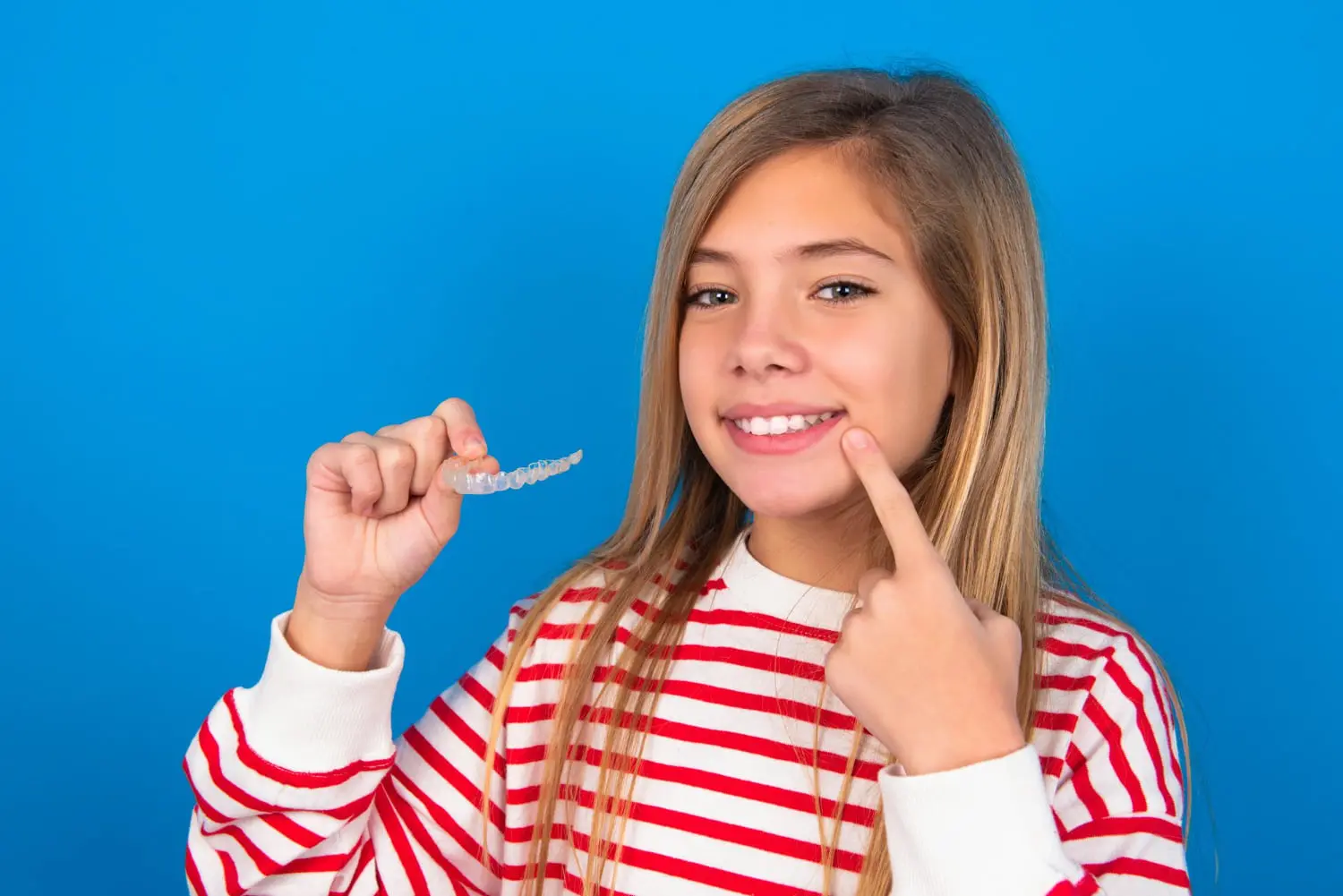
Clear Aligners
Clear aligners are removable, custom-made trays made of transparent plastic that fit snugly over the teeth.
How They Work
Use consistent pressure to gradually move teeth, with new aligners replaced every two weeks.
Advantages
Discreet, removable for eating and cleaning and convenient for oral hygiene.
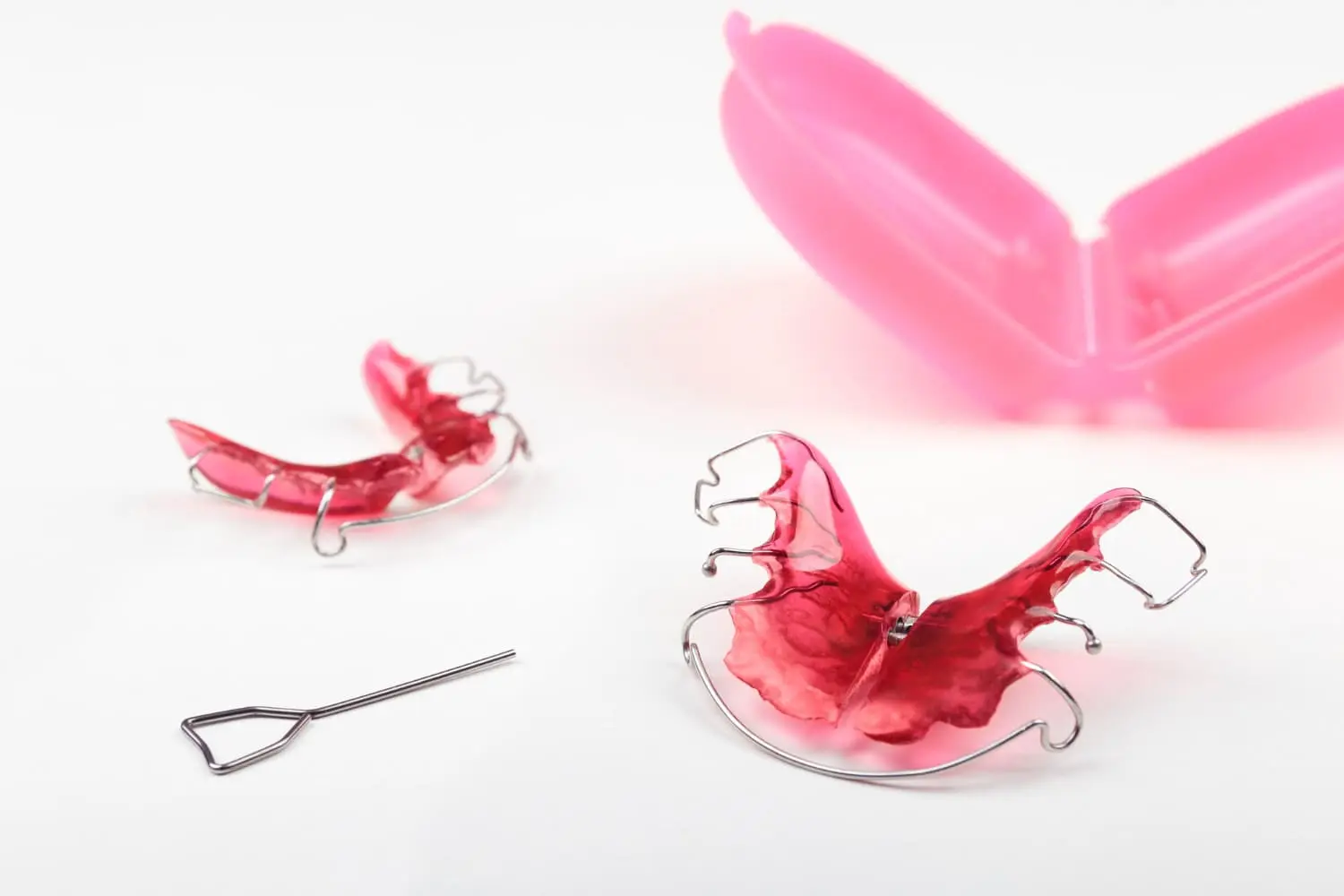
Functional Appliances
Functional appliances are specialized orthodontic devices created to correct problems associated with jaw growth and alignment.
Types
Twin Block, Bionator and Herbst appliances.
Benefits
Can improve jaw function and facial aesthetics, preventing future dental problems.

Retainers
Retainers are used after treatment with braces or aligners to maintain the alignment of teeth.
Types
Removable (can be taken out for cleaning) and fixed (permanently bonded).
Benefits
Essential for maintaining the results of orthodontic treatment and a lasting smile.
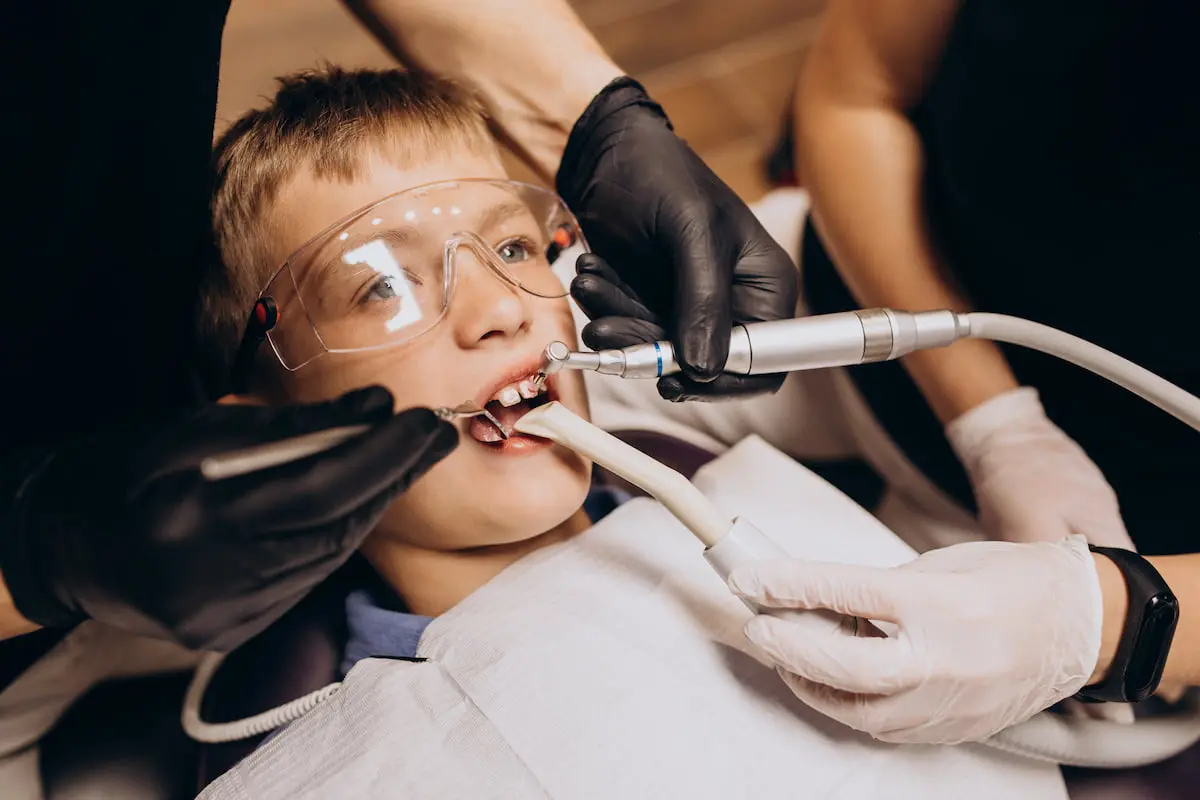
Importance of Early Orthodontic Intervention
Finding the Right Pediatric Orthodontist
Choosing the right orthodontist for your child is essential to ensure they receive exceptional care tailored to their needs. Focus on finding an orthodontist with advanced training in orthodontics and specific experience working with children. It’s also important to consider practical factors, such as the office’s location, flexible hours that fit your schedule, and the overall cost of treatment, including available payment plans or insurance coverage. Taking the time to evaluate these aspects carefully will help ensure that your child receives high-quality care and enjoys a positive and comfortable orthodontic experience.
